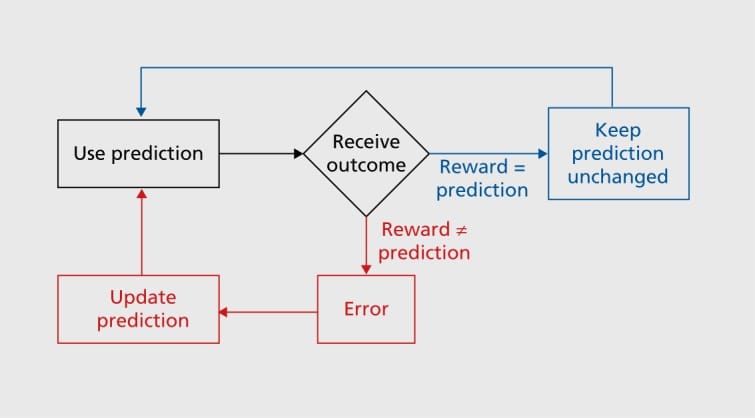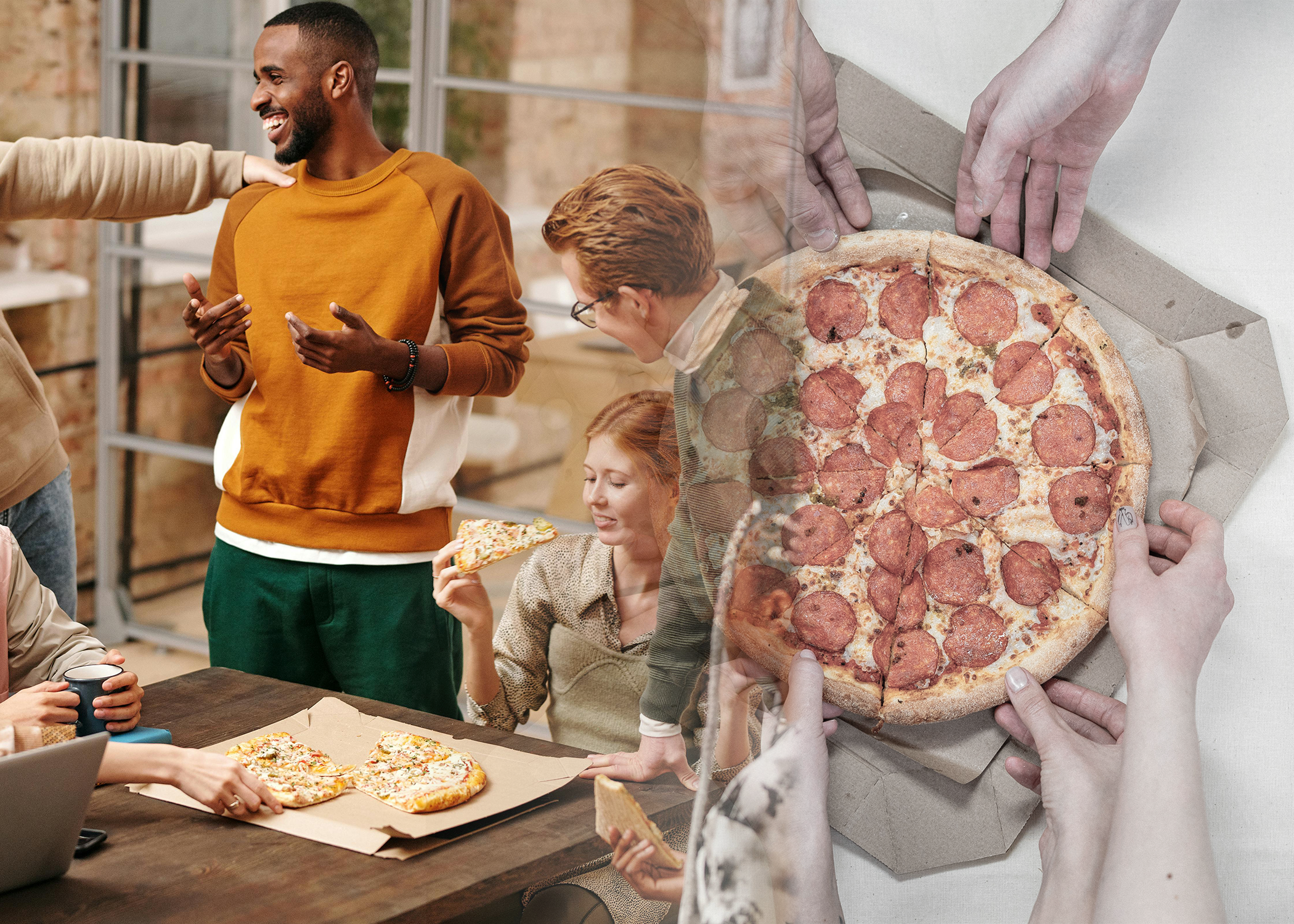The Science of the Next Step: Why Momentum Slips

Now that we have a basic understanding of how motivation is generated—a topic we explored in our last post (if you haven’t read it yet, give it a look)—the next question is, how do we sustain it? In the words of Brandon Sanderson, “The most important step a person can take is always the next one.” Getting started is often the hardest part, but as anyone that has tried and failed at starting a new routine or habit knows making it through that initial stage makes all the difference. Let’s take a look at the biological and psychological mechanisms that help sustain motivation and some ways to use them to your advantage.
The Neuroscience of Sustained Motivation
Motivation, as a biological process, is inseparable from learning and memory. Without these, the phenomenon we call motivation wouldn’t exist. When we talk about motivation, we are referring to goal-directed behavior—actions driven by the belief that they will lead to a desired outcome. But how do we determine that a particular action will lead to success? The answer lies in a process called reward prediction error (RPE).

Put simply, RPE is the difference between expected and actual results. When a reward exceeds expectations, dopamine neurons fire more, reinforcing the behavior. Conversely, when a reward is less than expected—or absent—dopamine activity is suppressed, discouraging the behavior. This process helps form action-outcome associations, which, over time, turn into habits. The goal of any positive behavior we’re trying to sustain is for it to become automatic, making motivation less of a conscious struggle.
The Problem with Repetition: Why Rewards Lose Their Power
One key aspect of this process is that repeated identical rewards lose their impact over time. This happens because, with each repetition, our expectation of the reward increases, reducing the gap between expected and perceived value until it reaches zero. In other words, a once-exciting reward eventually stops feeling special. This is why novelty plays a crucial role in maintaining motivation.
Think of it this way: the first pizza party your team gets for hitting a milestone is exciting, but by the third or fourth one, it’s just another meal. The brain craves variability and new challenges to maintain engagement. This principle is why gamification—using varied rewards, progress tracking, and challenges—is such an effective motivational tool in both workplaces and developing personal habits.

How Decision-Making Systems Impact Motivation
To better understand sustained motivation, we need to examine the three primary decision-making systems in the brain:
- Pavlovian System – Evaluates the value of stimulus. For example, it assesses how much you value learning a subject like English.
- Habitual System – Evaluates the value of repeating an action. Studying English vocabulary every morning, for instance, becomes habitual through reinforcement.
- Goal-Directed System – Determines the best action to achieve a desired outcome. This system helps you decide which subject to focus on based on long-term rewards.
Each of these systems interacts to influence our motivation. While habits make behaviors automatic, the goal-directed system allows us to adjust our approach based on changing priorities. Understanding these systems can help us tailor our strategies to sustain motivation effectively.
Final Thoughts
Maintaining motivation isn’t about sheer willpower—it’s about working with your brain, not against it. By understanding how reward prediction error, novelty, and different decision-making systems function, we can create strategies to keep ourselves engaged. The key takeaway? Change up your rewards, set challenges that remain stimulating, and leverage habits to make motivation effortless.
In the next post, we’ll talk about regulating motivation once it’s been fostered and maintained. We’ll explore the goal-directed control processes that allow us to decide between long term payoff and short term gratification.
Works Cited:
- Kim SI. Neuroscientific model of motivational process. Front Psychol. 2013 Mar 4;4:98. doi: 10.3389/fpsyg.2013.00098. PMID: 23459598; PMCID: PMC3586760.
- Schultz W. Dopamine reward prediction error coding. Dialogues Clin Neurosci. 2016 Mar;18(1):23-32. doi: 10.31887/DCNS.2016.18.1/wschultz. PMID: 27069377; PMCID: PMC4826767.
- Locke, E. A., & Latham, G. P. (2002). Building a practically useful theory of goal setting and task motivation: A 35-year odyssey. American Psychologist, 57(9), 705–717. https://doi.org/10.1037/0003-066X.57.9.705